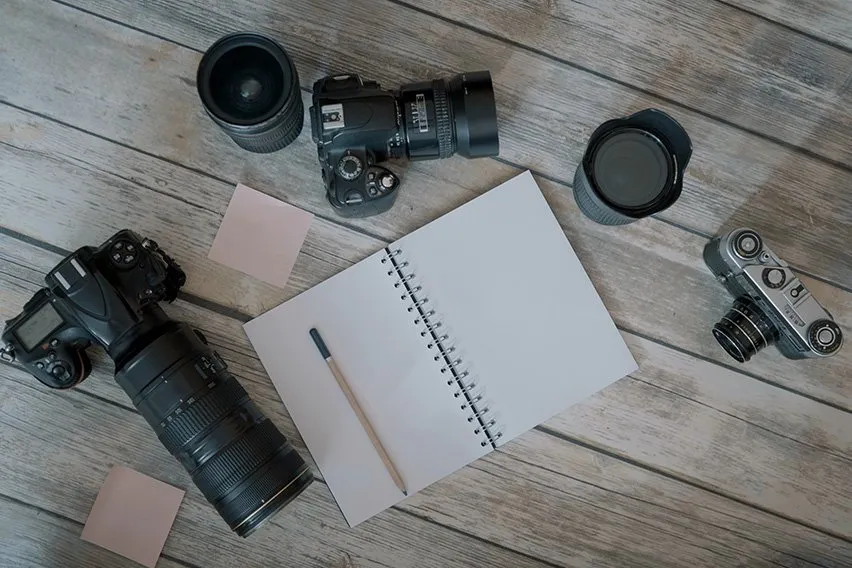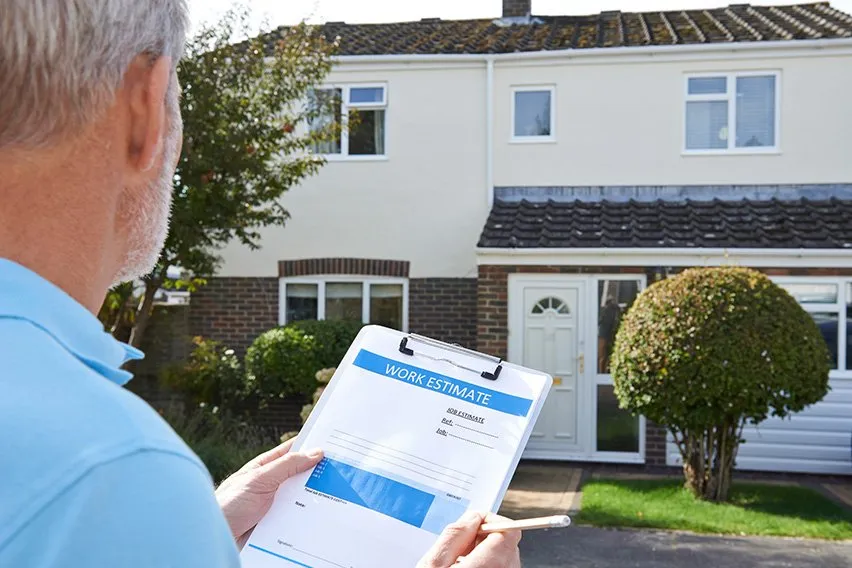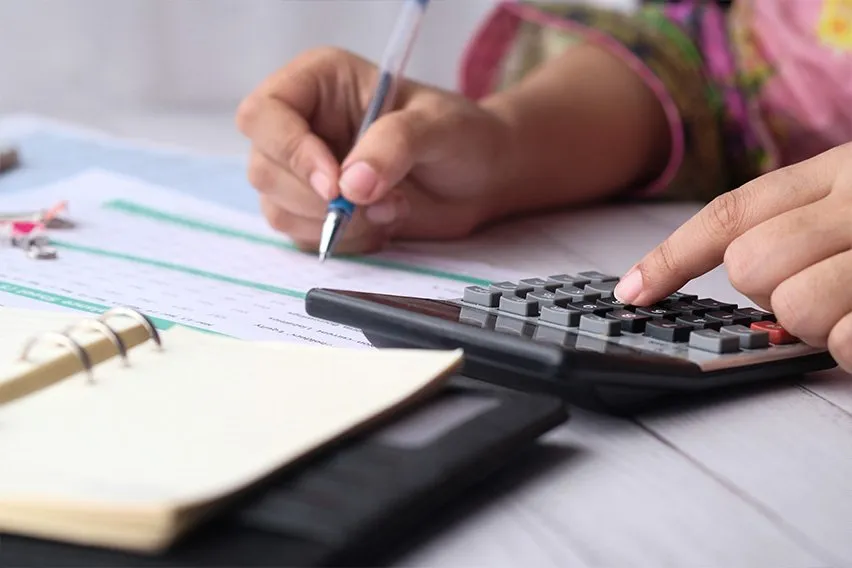How to Estimate Photography Jobs in 6 Steps: A Guide for Freelancers

Photography is an in-demand industry, whether it’s for weddings, portraits, fashion or commercial purposes. Pricing your service appropriately will make sure your photography business not only survives, but thrives.
To estimate photography jobs, keep these tips in mind: know your costs up front and always add a markup.
Need a photography estimate template? FreshBooks’ easy-to-use online estimating software makes it easy to generate photography estimates, send them to your client and turn them into invoices when the job’s done.
In this article, we’ll cover:
- Consult the Client
- Check Competitor Pricing
- Find the Cost of Materials
- Calculate the Cost of Labor
- Determine Overhead Costs
- Add Your Markup
1. Consult the Client
Before providing a photography estimate, chat the client about some hard details. Factor this into your pricing. Here are some good questions to ask:
- What is your budget?
- How many photos do you want?
- How many solo and/or group shots do you want (for events)?
- What’s the finished look you’re after?
- Who will use the images? This is useful for commercial photography, where the client may distributes the images widely (in which case, charge more)
- What’s the location?
- Do you want prints?
- Are there any props you want to include?
- How many guests are coming? For big events you may need to hire an assistant.

2. Check Competitor Pricing
Do some market research and see what your competitors are charging for similar photography jobs. Your clients will be doing the same and you want to make sure you meet expectations, recommends Format.
Check the prices for your chosen niche, whether it’s headshot photography, event photography, portrait photography etc. Use this as a pricing guide. A beginner photographer will want to charge less than the going rate.
Check the pricing models of your competitors, as well. Do they offer custom photography packages? What about an à la carte option or add-ons? These factors will greatly depend on your location and photography niche.
3. Find the Cost of Materials
Add up the cost of all materials to make sure you don’t end up paying for them out of pocket.
Materials can include prints or photo books and the cost to package and ship them to the client. You may want to price photography prints separately. According to the Joy of Marketing, you should be charging at least $24.20 for an unframed 8×10 print.
Even digital files cost you in external hard drives, cloud storage and online galleries.
Also, try to cut materials costs where you can. Ask for a discount from your supplier if you exclusively buy from them or order a certain volume every month. You can also buy in bulk, but make sure you have plenty of similar projects lined up in the future to make sure you’ll use it all.
4. Calculate the Cost of Labor
Working in photography may feel like a dream come true, but don’t undervalue yourself. There’s considerable time and work put into each job. You need to figure out how many hours the job will take.
Consider the following factors:
- Pre-production time: making sure you have the right materials, setting up equipment
- Shoot time: this includes any time spent on the job site waiting for everyone else to get organized
- Travel time and client meetings
- Post-production: editing and uploading images
Now establish multiply the number of hours by your hourly rate. Here’s a guide to average hourly rates for photographers:
- Student: $35 to $90 an hour
- Semi-professional: $50 to $150 an hour
- Professional: $75 to $300 an hour
- Top professional: $250 to $500 an hour
Whether you charge the high or low end of the scale depends on how many photos you’re producing, how much production is involved and where you’re located, according to Rosh Sillars Photography Business and Marketing.
You also need to factor in the cost to pay an assistant, if needed.
5. Determine Overhead Costs
Photographers tend to have quite a bit of overhead. Overhead costs include:
- New equipment: post-production, lighting, backdrops, camera lenses
- Loan payments
- Insurance and licenses
- Repair of old equipment
- Software
- Advertising: business cards, online ads, your website
- Specific job costs: travel, hotels, consultations, gear rental, location or studio fees, lighting, makeup, styling, casting, retouching
To find your total overhead costs, try this free photography costs calculator.
To calculate overhead costs, add up your expenses for the previous year and divide it by the total number of jobs you did. Take that number and find what percent it is of the total. Build that percentage into your hourly rate, says Format.
- For example, your expenses were $10,000. You worked 20 jobs.
- $10,000 / 20 = $500 overhead per job.
- $500 is 5 percent of $10,000
- Add 5 percent to your total costs for every job, before you add your markup
6. Add Your Markup
Time to make a profit! Add up your materials, labor and overhead costs for the job. Then add your markup on top of that number.
If you’re in a high-income area with a lot of demand for your type of work, you can charge 3.5 times your costs. If your market has a tighter budget you can double your costs, according to Digital Marketing School.
Add sales tax to the estimate, if required by your state. TaxJar has a simple sales tax calculator that estimates your tax rate for you.
Confused by all the costs? Try using a free photography pricing calculator:
- Pricing calculator for a newborn session
- Pricing calculator for wedding photography
- 5 minute pricing calculator for all jobs

People also ask:
How Much Do Photographers Charge?
Photographers charge $15.62 an hour, on average. The range is $9.33 to $36.09, according to the Bureau of Labor Statistics.
However, freelance photography usually charges a higher rate for photography services to account for overhead costs. Here is some data:
- Student: $35 to $90 an hour
- Semi-professional: $50 to $150 an hour
- Professional: $75 to $300 an hour
- Top professional: $250 to $500 an hour
How Much Does It Cost to Hire a Photographer for an Event?
It typically costs between $600 to $1,000 to hire a photographer for an event, according to Thumbtack.
Event photographers usually charge $150 to $250 per hour, which includes post-production and digital files. An extra fee is charged for add-ons like prints and photo booths.
Large events may require more than one photographer and an assistant, too. Longer events might bring down the hourly rate. For example, a photographer might charge a two hour minimum at $150 an hour and then $100 an hour after that.
RELATED ARTICLES

 How to Price Landscaping Jobs in 7 Steps: A Simple Guide
How to Price Landscaping Jobs in 7 Steps: A Simple Guide How to Estimate Power Washing Jobs in 5 Steps: A Simple Guide for Small Businesses
How to Estimate Power Washing Jobs in 5 Steps: A Simple Guide for Small Businesses How Much Do Painters Charge in 2025?
How Much Do Painters Charge in 2025? How Much Do Web Designers Charge? A Pricing Guide
How Much Do Web Designers Charge? A Pricing Guide How to Write an Estimate in 5 Steps: A Small Business Guide
How to Write an Estimate in 5 Steps: A Small Business Guide 5 Simple Steps to Making Successful Bids: Tips for Small Businesses
5 Simple Steps to Making Successful Bids: Tips for Small Businesses